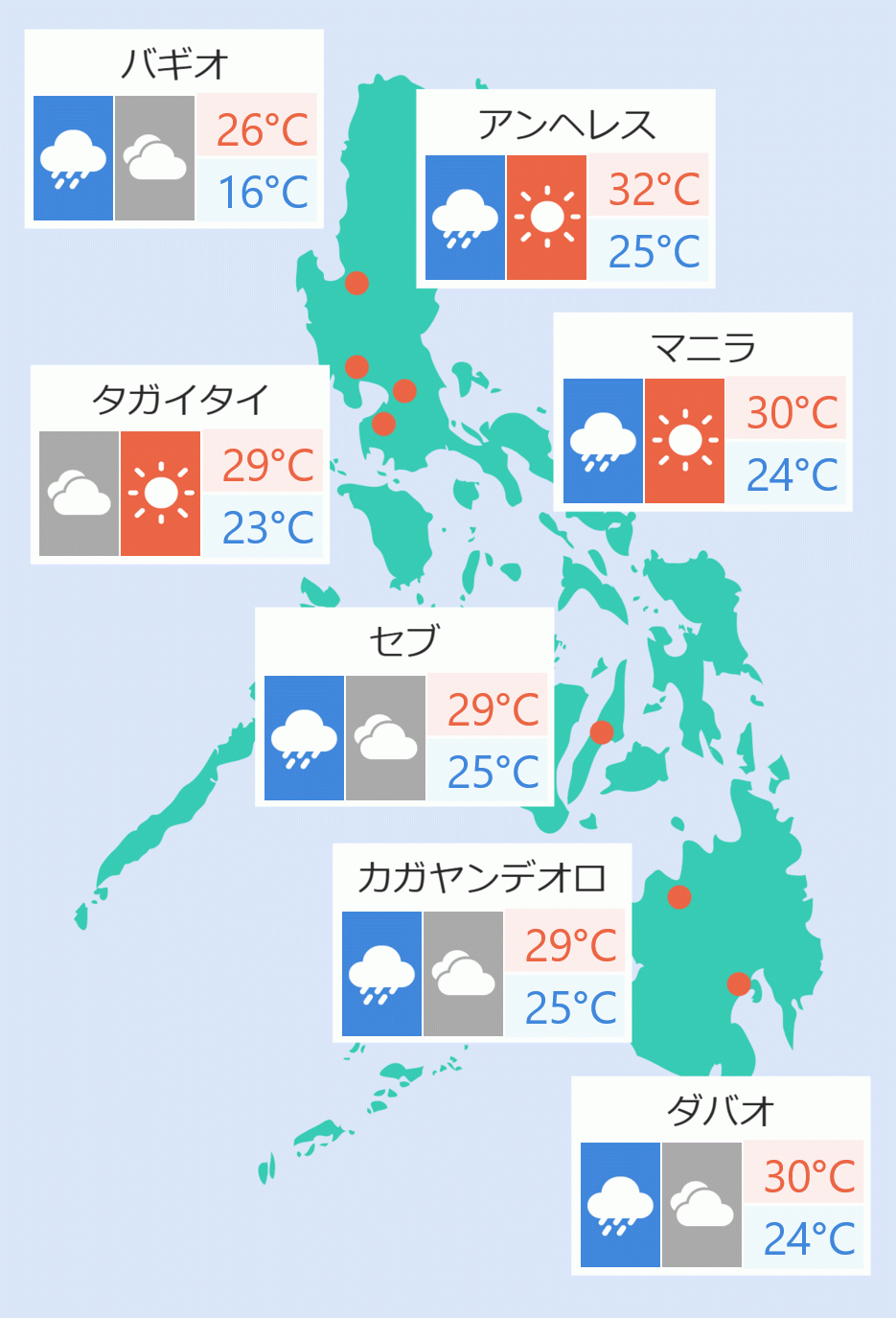Residential real estate prices for various types of new housing units in the Philippines declined in the third quarter.
Residential property prices fell by 2.3 percent year-on-year (y-o-y)?the first contraction since the third quarter of 2021. On a quarter-on-quarter (q-o-q) basis, housing prices also reverted into the negative territory at 1.6 percent, after two consecutive quarters of positive growth.
On a y-o-y basis, residential property prices in the National Capital Region (NCR) further decreased by 14.6 percent in the third quarter. This decline was driven by the decrease in prices of duplex housing units, single-detached/attached houses, and condominium units, which offset the increase in townhouse prices.
By contrast, residential property prices in Areas Outside the NCR (AONCR) increased by 3 percent. Higher house prices in AONCR were attributed to the annual price increases in single-detached/attached houses and condominium units, which outweighed the decline in duplex housing units and townhouse prices.
By housing type, prices of duplex housing units and condominium units decreased by 48.1 percent and 9.4 percent y-o-y in the third quarter, respectively. Meanwhile, prices of single-detached/attached houses and townhouses grew by 2.9 percent and 0.7 percent y-o-y, respectively.
On a q-o-q basis, only single-detached/attached houses registered a price increase (at 2.6 percent), while other housing types, i.e., duplex housing units (at 46.6 percent), townhouses (at 5.3 percent), and condominium units (at 5.3 percent), recorded a decline in prices.
In the third quarter 2024, the number of residential real estate loans (RRELs) granted for all types of new housing units in the Philippines contracted by 15.7 percent y-o-y.
Specifically, loans granted in the NCR and AONCR decreased by 20.3 percent and 13.0 percent, respectively. Notably, the double-digit y-o-y contraction in RRELs in the Philippines, NCR, and AONCR in the third quarter was significant, yet not as severe as the decline in housing loan availment observed during the pandemic, which began in the second quarter 2020.
This is also consistent with the outcome of the third quarter Consumer Expectations Survey (CES), which showed consumers’ more pessimistic view on buying a house and lot during the period.
On a q-o-q basis, nationwide housing loan availments grew by 3.1 percent as the 15.8-percent increase in the NCR negated the 2.4-percent contraction in AONCR.
This confirms the results of the third quarter Senior Bank Loan Officers’ Survey (SLOS), indicating a higher net increase in household loan demand for housing compared with the previous quarter.
The number of RRELs granted for new single-detached/attached houses in the Philippines contracted by 24.5 percent y-o-y as the loans granted in the NCR and AONCR decreased by 41.2 percent and 23.7 percent, respectively.
Similarly, nationwide loan availments for new single-detached/attached houses fell by 5.5 percent q-o-q driven by the 31-percent and 4.2-percent decreases in the NCR and AONCR, respectively.
For new duplex housing units in the Philippines, the number of RRELs granted declined by 76.7 percent and 52.4 percent from year-ago and quarter-ago levels in Q3 2024. Specifically, the NCR posted a decline of 83.3 percent y-o-y, while AONCR registered contractions of 75.7 percent y-o-y and 57.1 percent q-o-q.
In the third quarter 2024, the number of RRELs granted for new townhouses in the Philippines declined marginally by 0.7 percent y-o-y due to the 1.4-percent and 0.6-percent contraction in the NCR and AONCR, respectively.
On a q-o-q basis, loan availments for new townhouses decreased by 9.6 percent as those in the NCR and AONCR decreased by 3.3 percent and 10.3 percent, respectively.
The number of RRELs granted for new condominium units in the Philippines fell by 13.2 percent y-o-y in third quarter as the 20.0-percent decrease in the NCR outweighed the 6.5-percent increase in AONCR.
On a q-o-q basis, loan availments for new condominium units recovered by 19.5 percent, resulting from the combined growth posted in the NCR (at 20.6 percent) and AONCR (at 17.3 percent).
In the third quarter, the appraised value of new housing units in the country averaged P86,417 per square meter (sqm), registering a 6.2-percent decline and 3.2-percent growth over comparable year-ago and quarter-ago levels, respectively.
Meanwhile, the average appraised value per sqm in the NCR decreased by 13.7 percent y-o-y and 3.6 percent q-o-q to P135,076 per sqm. By contrast, the average appraised value per sqm in AONCR expanded by 10.1 percent y-o-y and 3.5 percent q-o-q to P60,804. It may be noted that the average appraised value of properties in the NCR is more than twice that in AONCR.
The weight of each type of housing unit in the RREPI is calculated by dividing the total floor area (in sqm) of a specific type of housing unit by the total floor area of all housing types.
In Q3 2024, single-detached/attached houses continued to constitute the largest weight in the RREPI at 47.2 percent. Meanwhile, condominium units, townhouses, and duplex housing units accounted for 27.9 percent, 24.5 percent, and 0.3 percent in the calculation of the RREPI, respectively. Bangko Sentral ng Pilipinas



 日本語
日本語
 English
English








